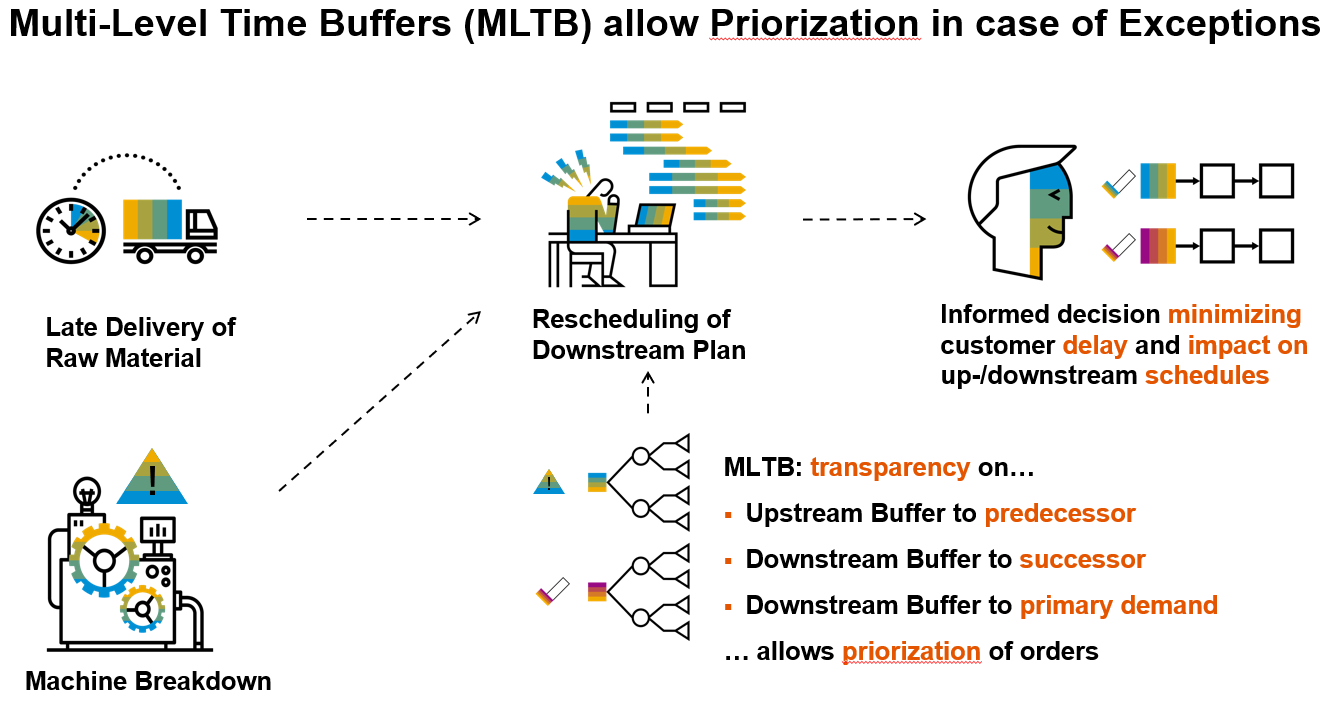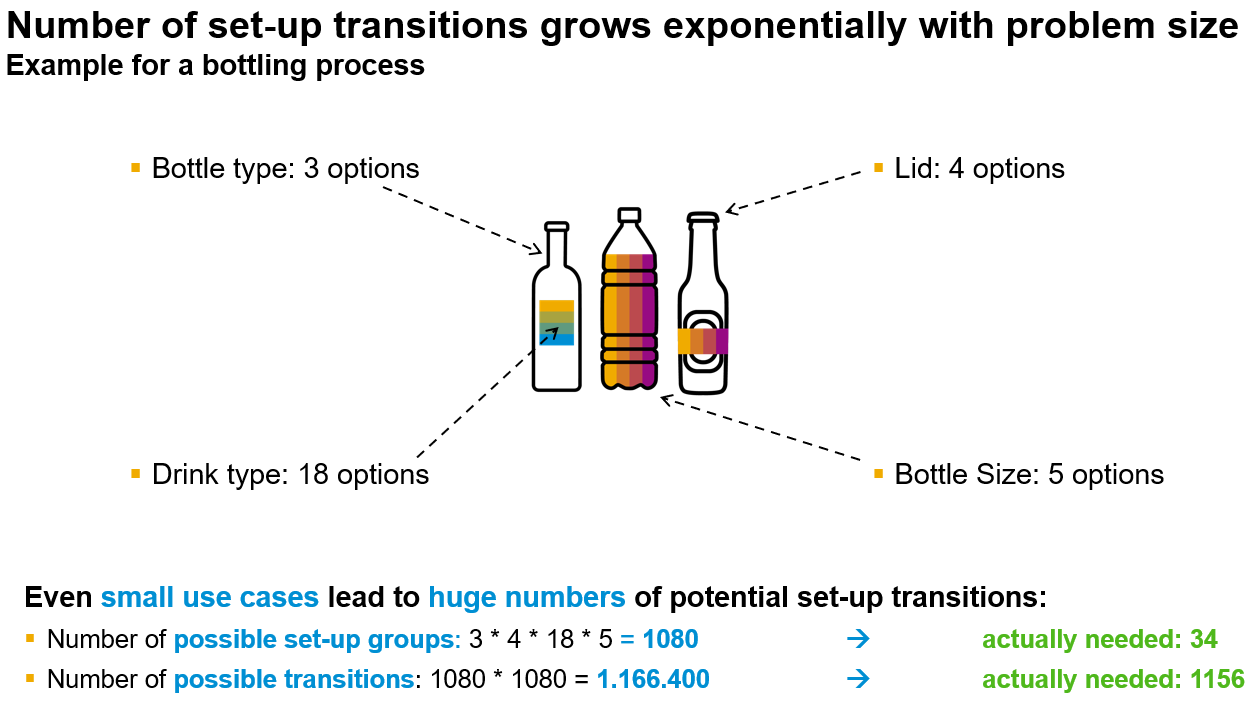Innovations in S/4HANA Manufacturing for Planning and Scheduling
27-Dec-2022
This blog provides an overview of key advancements in this field and how consumers may profit from them both now and in the future, thanks to planned enhancements. This post was created to coincide with the October 12 introduction of the embedded/ePPDS version of SAP S/4HANA Manufacturing for scheduling and planning (also known as SAP S/4HANA 2022).
Planning and scheduling with SAP S/4HANA Manufacturing make it possible to create practical production schedules and plans that use your limited resources to enhance and stabilize production while supporting your overall capacity to fulfill commitments to internal and external clients.
This SAP S/4HANA Enterprise Management core module, available in both on-premises and private cloud versions, in the stack and extra stack, synchronizes planning and execution in real-time (side by side).
SAP Modules in the Past
Two years ago (2020), a Customer Engagement Initiative was started to get direct customer feedback for significant development areas. This feedback has influenced and helped create SAP S/4HANA’s ePPDS future.
With the S/4HANA 2022 release, significant advancements in business process coverage, particularly for process industries with better UI and more flexible integration, are now expanded by crucial developments.
However, things have changed over the present version of the Manufacturing & Planning module available on SAP S/4HANA. In the following sections, we’ve tried to cover those aspects while giving you a clear idea of the new additions. Let’s check them out in the following sections.
These modules have helped businesses with the following perks:
- Improved quality analysis: Quality control becomes a crucial component of the pharmaceutical sector as the completed goods are prepared for direct ingestion. The ERP solution ensures labeling, storage compliance, and other associated criteria.
The highly regulated pharmaceutical business is handled by SAP S/4 HANA Cloud, which also handles the procedures for validating the project following the GMP procedure. SAP S/4 HANA Cloud aids batch processing from raw materials to finished goods. Along the supply chain, quality control is also taken care of.
- A streamlined approach to operations: Organizations can concentrate on other important strategic goals since the program handles all the time-consuming manual procedures.
Therefore, efficient performance across all job responsibilities is made possible by a favorable work environment. The organization may now experience value due to the procedures being streamlined into new workflows with SAP S/4HANA Cloud.
- Better cost control: Since ERP software can examine many elements of how a company’s production and administration components work, it eventually aids in cost reduction by increasing operational efficiency and decreasing waste. Complex modifications become typical when the SAP S/4 HANA Cloud solution is used, and the total installation time is reduced.
Latest S/4HANA Additions for Planning & Scheduling
Advanced Scheduling Board
We are replacing the new FIORI-based Gantt chart introduced with S/4HANA 1610 for production scheduling with the Advanced Scheduling Board, based on FIORI-Gantt 2.0 technology.
Source: https://blogs.sap.com/
It offers scheduling functionality in a resource chart for drag-and-drop interactive planning and enables scheduling automation using pre-built and custom algorithms. The integrated alert structure enables the planner to address exceptions that the algorithms could not handle independently and quickly.
Additionally, various charts can be chosen, such as those for stock, operation, resource usage, and order views. As we build this new app, we intend to include more configuration elements, such as the ability to color shapes and table entries. We also want to run the comprehensive schedule optimizer straight from the app.
Multi-Level Time Buffers
When doing simulations, there is an increasing need for greater decision assistance. This also holds for production planning and scheduling when simply showing the effects of schedule modifications, such as right on the resource Gantt chart.
Source: https://blogs.sap.com/
The multi-level Time-Buffer feature allows the planner to quickly identify buffers and delays for the top-level demand and directly connect upstream and downstream operations. Additionally, orders can be compared using the current planned end dates and times with the most recent possible end dates and times. A new infinite scheduling technique controls this and permits the fast computation of these new critical figures.
Tank Planning
SAP began the innovation roadmap for tank planning with the introduction of S/4HANA 2021 with the initial goal of improving tank fill levels’ display in the Gantt-Chart and adding a new periodic fill level view to the product planning table.
For integrated planning of external and stock transfer purchasing requisitions and orders that use storage capacity during and after the product receiving process, we introduce extra tank planning capabilities to handle silos and raw material tanks with the 2022 release.
A simpler method of switching between tanks, improved management of residual amounts, consideration of cleaning operations via set-up matrices, and enhanced maintenance of Product Storage Definitions are among the additional advancements.
Improved Setup Matrix Generation
Planning setup optimization is accomplished when a setup matrix is managed effectively. A high level of automation is possible when generating matrices based on product features.
With setup matrix profiles, this process can now be managed to find pertinent characteristic value combinations for certain resources and goods. This significantly lowers the number of theoretical transitions required in the scheduling matrix.
Source: https://blogs.sap.com/
Segmentation With CDP (Characteristic Dependent Planning)
S/4HANA segmentation planning was developed in the fashion industry to consider product characteristics (size, color). This idea is becoming more critical in other industrial sectors, such as life science, where demand-supply assignments consider qualities for sales nations and shelf life.
The planning scope of segmentation may now be expanded to the planning of the business production and schedule operations with PPDS for constraint schedule and planning, thanks to segmentation integration for characteristic-dependent planning.
SBC (Supply Creation-Based Confirmation)
With the help of this upgrade, we can also address instances known as “capable to promise” once again, which APO clients used to confirm orders based on actual scheduling and production restrictions when the required final product was not available in total quantity.
Advanced ATP (aATP) and PPDS integration for multilayer planning and confirmation scenarios has now been released. Future versions will concentrate on expansions tailored to specific industries, such as characteristic-dependent planning for mill clients.
Synchronized Planning for Production
In SAP Digital Supply Chain and among many of our most important clients, synchronized planning is crucial. The planning features of SAP IBP and S/4HANA ePPDS are regularly used, and critical figure-based and order-based connectivity patterns are used. The seamless integration of the production plans and precise timelines ensures transparency.
In Conclusion
There are multiple aspects involved in the SAP S/4HANA Migration. You can’t determine the pace of operations if you don’t know the different factors involved in the process. Therefore, it is always wise to trust a professional SAP Implementation Partner like Accely to help you with the process. All the best!














